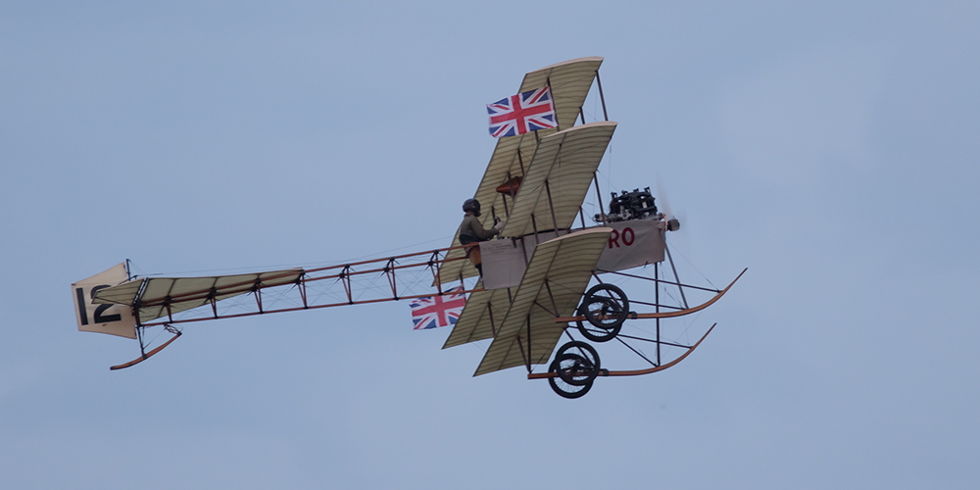 |
‘...a varied flying display
which included some aircraft not usually seen at the bigger
airshows.’
|
|
Saturday 17 June was the Best of British
airshow at Old Warden aerodrome in Northamptonshire.
The
day started with light grey sky and the occasional light shower,
but the weather improved throughout the day and the final displays
were against a backdrop of broken clouds with glimpses of a
beautiful sunset.
The airfield was quiet, with ground staff
in white overalls preparing the aircraft whilst visitors visited
the café or looked into the hangers. A historic bus trundled up
and down from one end of the airfield to the other giving rides to
visitors. This was the double decker 1913 Leyland ST whilst the
bright green Leyland G7 Dodson, built in 1921 was outside on
display.
|
 |
 |
|
|
|
 |
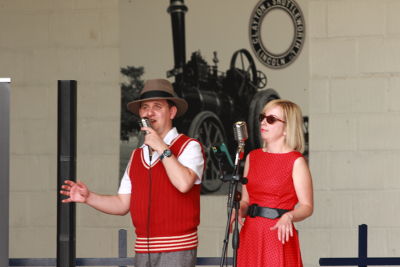 |
|
As the flightline preparations continued,
the flying started, with World War II aviation represented by four
Spitfires including the Spitfire IX operated by the Old Flying
Machine Company from Duxford and the Spitfire Mark I N3200, also
based at Duxford. This very early Spitfire suffered a forced
landing on a French Beach during the evacuation of Dunkirk in May
1940. After being completely buried it was excavated in 1986 and
arrived at Duxford in 2007. After restoration to its original
configuration it joined the airshow circuit in 2014.
|
 |
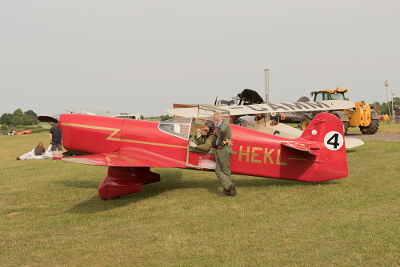 |
|
|
|
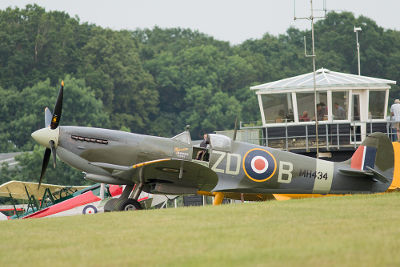 |
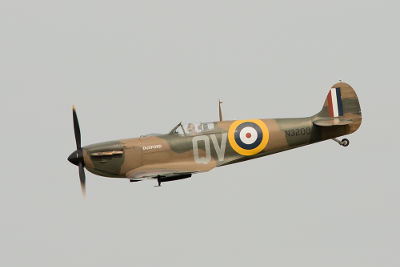 |
It was a varied flying display which included some aircraft not
usually seen at the bigger airshows. The Britten-Norman Islander
was displayed by Cranfield Aerospace Solutions (CAeS). This
aircraft is the demonstrator aircraft for a new Hydrogen Fuel-Cell
Propulsion System (HFCPS) which CAeS and its partners aims to
certify in 2026.
|
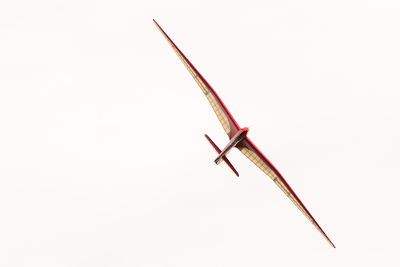 |
 |
|
The day featured a section devoted to
British Air Racers, including two Percival Mew Gulls and the Miles
Hawk Speed Six. This Speed Six was one of three built and was
first flown in 1935. It has a maximum speed of 185mph.
|
 |
 |
|
|
|
 |
 |
|
The de Haviland DH.88 Comet G-ACSS also
took to the skies. This aircraft is the actual winner of the
MacRobinson Air Race from London to Australia in 1934 and was also
suspended on display at the 1951 Festival of Britain. As well as a
solo display it carried out a number of formation passes with a de
Haviland DH-89. This aircraft is in the livery of British European
Airways who operated it from 1947 to 1955.
|
 |
 |
|
|
|
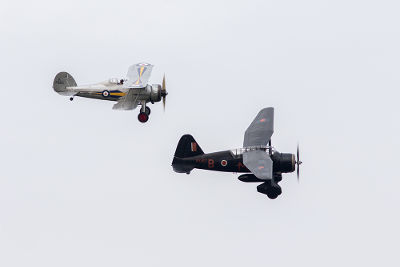 |
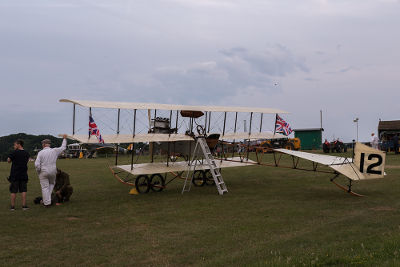 |
|
As the cloud cover broke towards the end
of the day the wind dropped, allowing the Shuttleworth
Collection’s Edwardian Aircraft to be prepped for flight. The
replica Bristol Boxkite and the restored Avro Triplane took to the
air, and provided a serene display. The Boxkite first flew in
1910, had two seats and a top speed of 40mph.
|
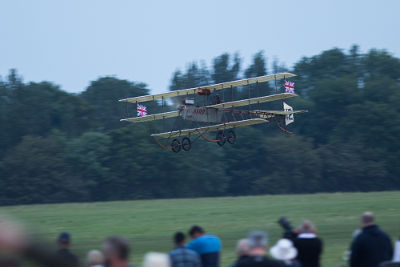 |
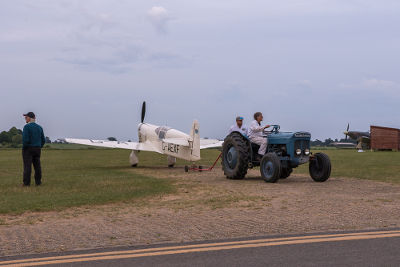 |
|
|
|
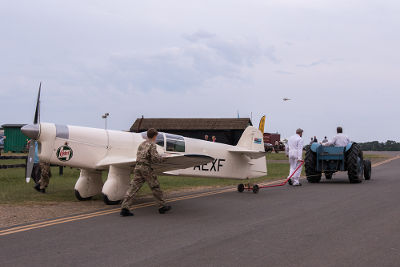 |
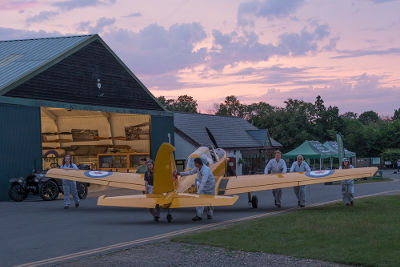 |
The final flight of the day was from the English Electric Wren.
Two of these were originally built for the Lympne Ultralight
Aircraft Trials in 1923. The Wren covered 87.5 miles on one just
4.5 litres of fuel. Parts of the original aircraft were used to
build the third and last aircraft of the Type and this is the one
now owned by the Shuttleworth Collection.
In 2024
Shuttleworth will celebrate 60 years of airshows, a fantastic
excuse to visit! |
|
|
|
Review by Mark Lees |
